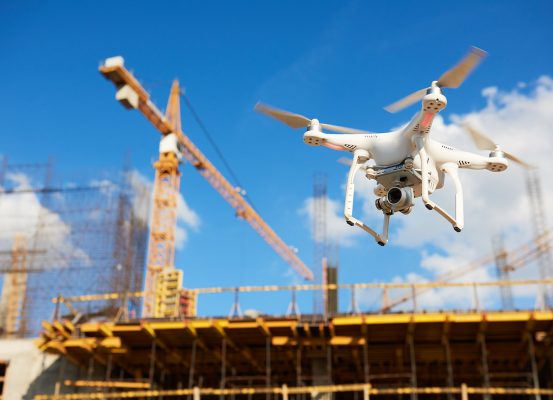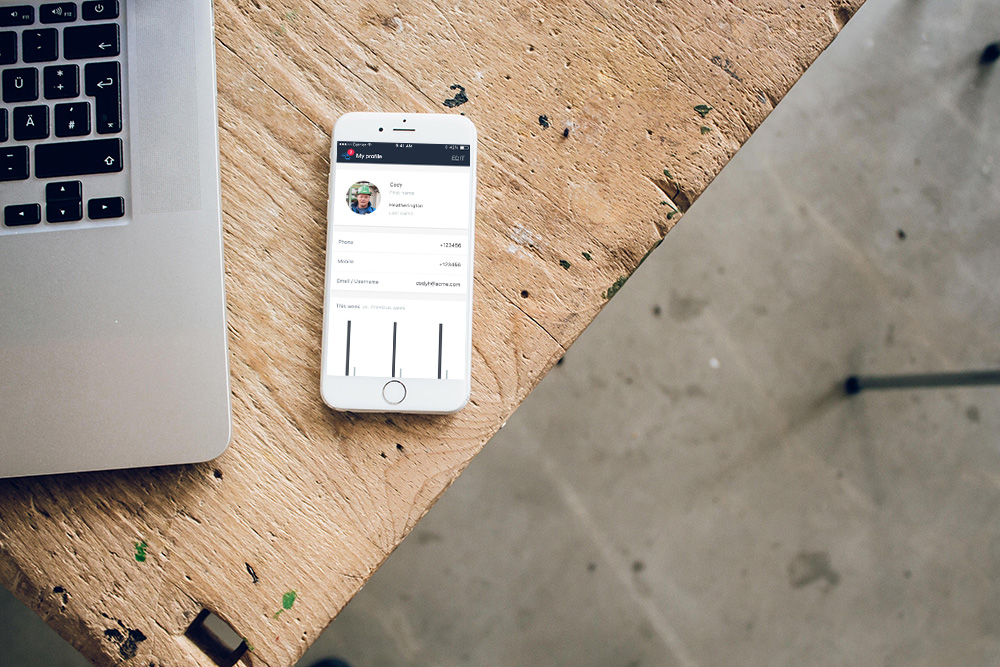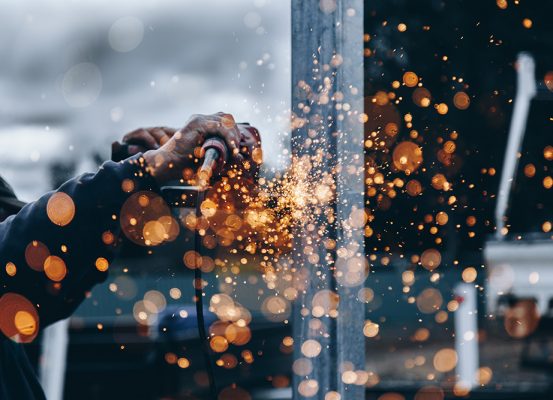
It goes without saying that for any foreman or contractor running a construction project, ensuring the safety of workers should always be the top-most priority. If you’ve experienced the hassles of running a construction or any similar field-service business, you probably don’t need any elaboration of the various safety hazards your in-field workers have to deal with on a daily basis.
Today, drones have made it possible for us to reach and survey areas that would otherwise be impossible for humans to undertake. The scale and applications of such technology are widespread, from micro-sized drones used for carrying lightweight surveillance cameras to dog-sized aerocopters used for carrying cargo.
The ability to remotely control an unmanned aerial robot is something we have been attempting to perfect for decades. And now, the technology is available for commercial and recreational purposes, so let’s take a look at how drones can shape up to be the next hot technology in field service.
Reduced Downtime
Inspections in hard to reach areas are an essential requirement for construction workers. In such hazardous conditions, the use of drones for tasks like remote surveying eliminates the risk of injury to the worker and thereby allows you to conduct multiple surveys. Drones also offer the ability to automate risky core tasks that need to be conducted daily. They can also save worker downtime as these surveys can be conducted within a moment’s notice, as opposed to the time required for manual operations owing to factors like safety prep, and guidelines prohibiting the conducting of multiple risky tasks.
Less Reliance on Regulatory Guidelines
When managing high-risk jobs, it is important to adhere to specific safety requirements for your in-field personnel. More often than not, high-risk safety checks are performed by a human worker and because of the high probability of injury, there is a limit to the number of inspections that can be conducted due to regulatory guidelines. By sending in a drone instead of a human, companies can fully eliminate the safety requirements and perform more periodic checks with fewer personnel.
Quicker Data Collection
When starting projects in new areas, the collection of data is a task that requires a lot of investment in time and labour, owing mainly to the repetitive nature of the data entry processes associated with it. And since these tasks often involve a lot of risk, it is difficult to hasten the process. By utilising drones, we can eliminate the risk component and perform data collection tasks quicker. Furthermore, machines like drones are more efficient when it comes to conducting automated tasks. Hence data collection is not just quick, it is also efficient as there is less reliance on humans and hence less room for error.
Extra Insurance in the Event of a Misfortune
When drafting disaster management protocols, there are a number of factors that need to be taken into consideration when focussing on survivor safety. The most difficult job in the field of disaster management is that of first responders, who are often deployed in dangerous locations without proper and prior knowledge of the nature of the terrain. Using drones to survey the conditions using 3D mapping software is just one of the few applications by which drones are helping disaster management services with safety by ensuring their personnel are not unnecessarily put under harm’s way.
As drones become more advanced, you can be sure to see their extent of applications increase. Furthermore, the increase in their demand has seen a surge in the production numbers and a drop-in cost owing to increased competition. It’s only a matter of times before they become commonplace and even mandatory for construction companies to use in their day-to-day work.





